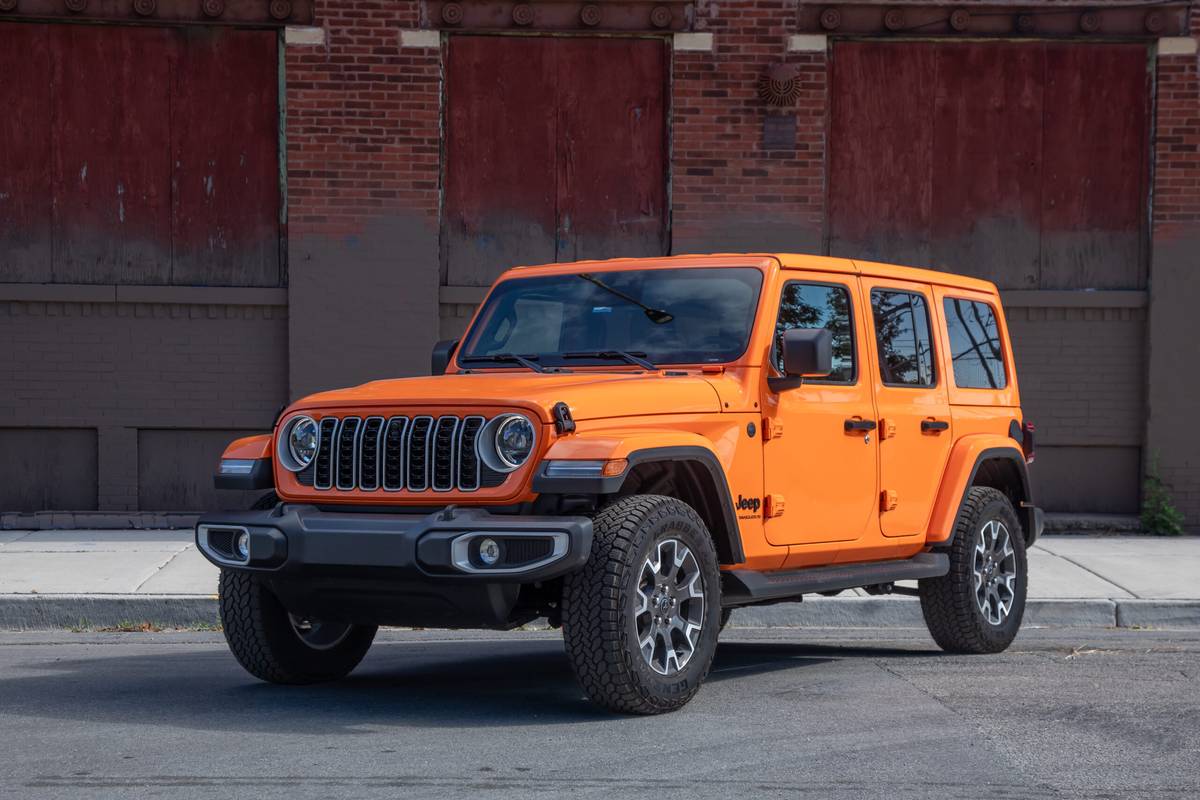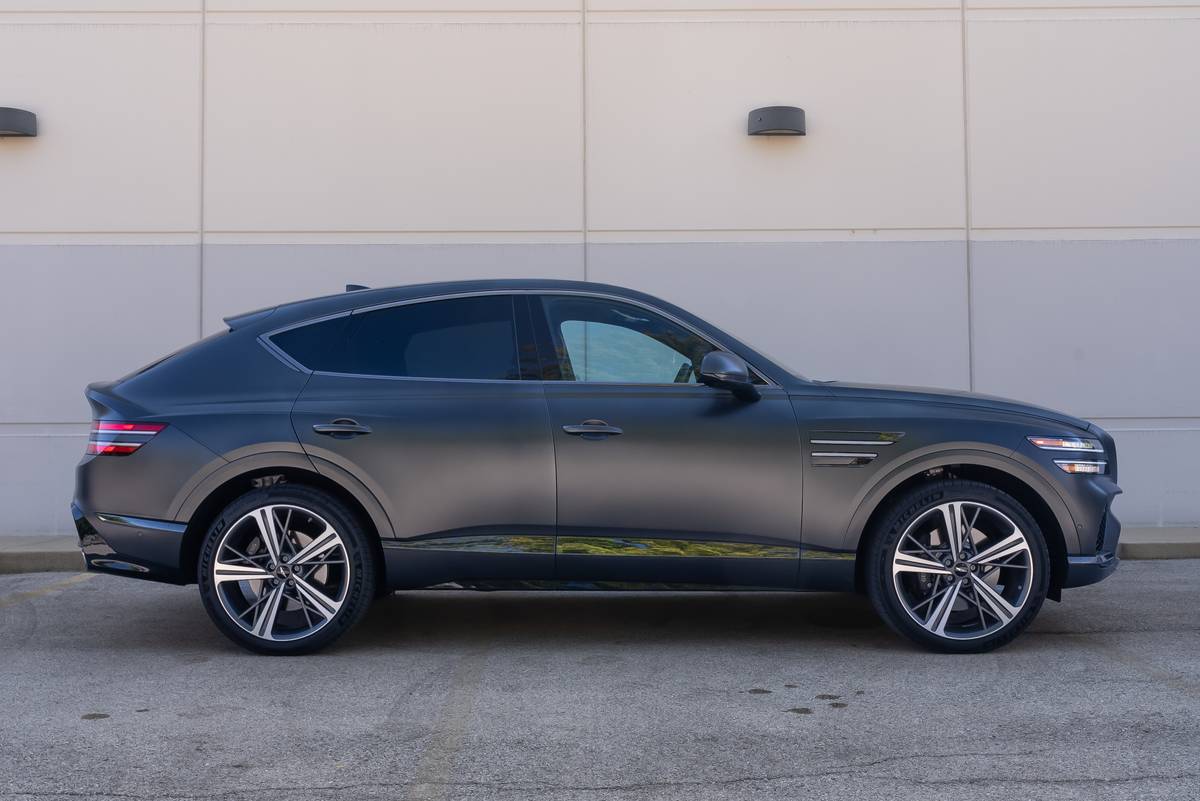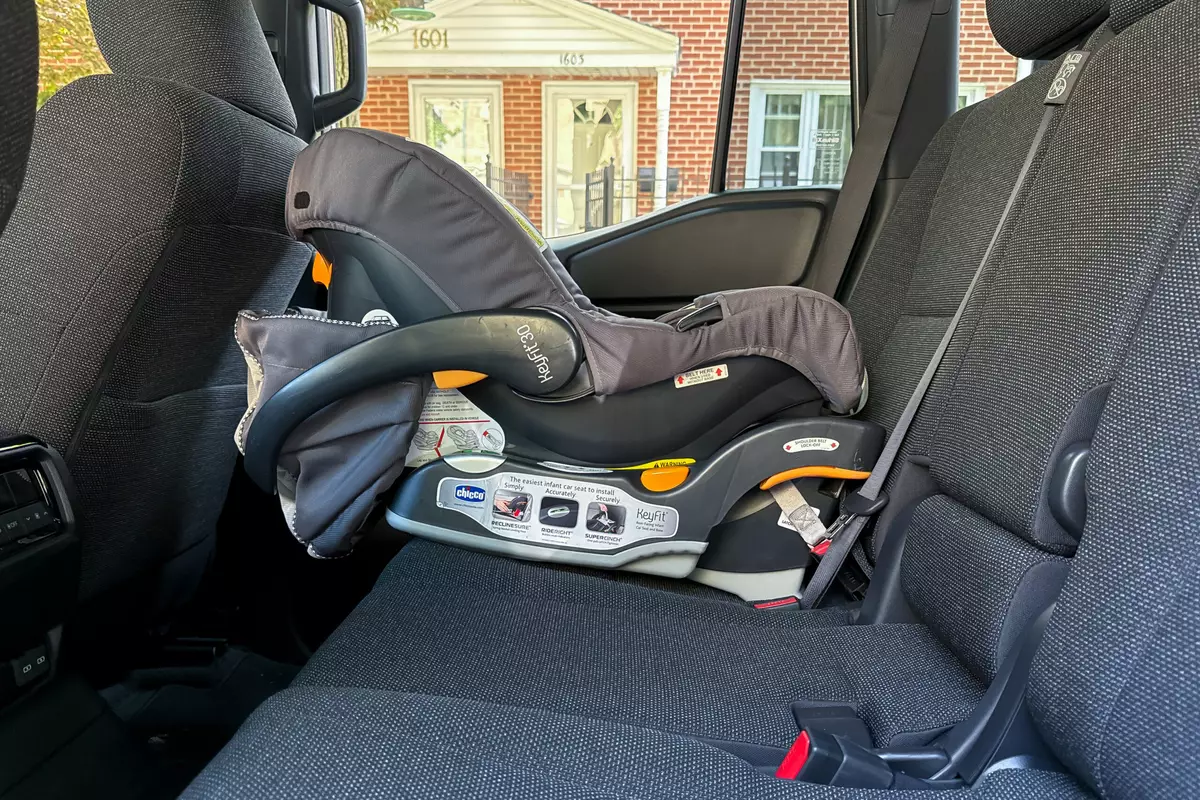washingtonpost.com's view
Saab appeal isn’t what it used to be. Blame it on the masses. Saab cars were too quirky-nerdy to attract a mass following.
Such snobbery is okay for specialty mobiles, such as Porsches, which rely on a small group of very deep pockets for profits. It’s not okay for Saabs, which have a passionate but parsimonious customer base.
That’s not to say that Saab buyers are cheap. They are mostly educated people with professional jobs and high incomes. Their problem, from a marketing viewpoint, is that they are practical liberals, which means they take pride in getting as much as possible for as little as possible and in holding onto it for as long as possible.
I got this from Saab executives, who described their traditional U.S. buyers as East Coast liberals with an eye for a deal and an affection for the odd, the key elements of reverse snobbery.
Problem is, there aren’t enough traditional Saabphiles to go around, not even enough to achieve the modest future goal of 60,000 annual sales in the United States, Saab executives said. That’s about double Saab’s current yearly U.S. sales. To improve, Saab has to broaden its appeal.
Thus, we have this week’s test car, the 1999 Saab 9-3 SE, successor to the old Saab 900. The 9-3 is now the entry-level Saab. It has a larger, more powerful, luxurious and more expensive sibling, the new 9-5, the successor to the old Saab 9000.
Both new cars prove that nerdy well-done can be sexy. What is unknown is whether their brand of sexiness will widen the overall customer base, or simply replace one small group of buyers with another.
The 9-3 gives Saab a fighting chance for growth. The car offers more pizazz than the boring, interchangeable Toyota Camry and Honda Accord sedans at a competitive price. It offers as much performance and far more utility than the BMW 323is at similar cost. It is as safe, if not safer, than a Volvo S70 sedan. And despite its smoother exterior lines and more pleasantly arranged interior, it retains enough of the old 900’s quirkiness to please all but the most rabid Saab purists.
Like the 9-5, the 9-3 sedan is a front-wheel-drive car that seats five people. It can carry 49.8 cubic feet of cargo with the rear seats folded down, and 21.7 cubic feet with the seats up. Trunk access is through a hatchback door so cleverly designed that it virtually disappears into the rear end of the car.
And the thing can run! The engine is a 2-liter, turbocharged, four-cylinder model that produces 185 horsepower at 5,500 rpm in the tested, standard manual-transmission version of the car. The torque yield is 194 pound-feet at 2,100 rpm, which means that plenty of power is available at low and high speeds.
That engine is standard in all three versions of the 9-3 three-door (coupe hatchback), five-door (sedan hatchback) and convertible. A four-speed automatic transmission is optional. Standard brakes include power four-wheel-discs with antilock backup.
The base copy of the 9-3 gets 15 -inch, all-season Michelin radials. The top-line SE version gets 16-inch Michelin Pilots, truly grippy tires that hold the road so well they tend to compensate for some acts of driver incompetence, such as entering curves too fast.
Saab 900 aficionados will find the 9-3 more comfortable. The new car has wider, longer seats. The driver finally gets a foot rest. Rear passengers can now fully extend their legs without fear of jamming their feet underneath the front seats. And someone at Saab finally figured out that it makes sense to put gauges and instrument controls where they can be seen and reached easily.
But the ignition switch is where it’s always been, on the floor-mounted console, where Saab also, unfortunately, chose to install the power window switches. But, hey, no quirks, no Saab.
1999 Saab 9-3 SE
Complaint: Misplaced window controls. A fussy five-speed manual transmission that seems to have a thing against third gear.
Praise: An excellent rework of the 900 — smoother, tighter, more pleasant to look at and drive.
Head-turning quotient: Drew more kudos than the 900. But the crowd of admirers remained small.
Ride, acceleration and handling: Beats or meets anything in its class in all three categories. A real driver. Excellent braking. A bona-fide cross-country runner!
Safety: Superb. Front and side air bags; Saab Active Head Restraint System (SAHRS), designed to move up and forward to reduce whiplash injury in a rear-end collision; pre-tensioning seat belts; crash-deflecting B-pillars (center pillars) designed to reduce intrusion in the cabin in side-impact hits.
Mileage: About 25 miles per gallon, mostly highway. Fuel capacity is 18 gallons. Estimated 435-mile range on usable volume of fuel. Regular unleaded gasoline is okay. Use 93-octane for peak performance.
Sound system: Six-speaker AM/FM stereo radio and cassette with single-disc CD player mounted in center console. Okay.
Price: Base price for the tested 9-3 SE is $31,500. Estimated dealer invoice price is $28,000. Price as tested is $32,050. These are preliminary 1999 prices that are subject to change.
Purse-strings note: Saab 9-3 prices start at $25,500, which means you can get a darned good car for a good price if you’re willing to forgo some options.
Latest news

10 Biggest News Stories of the Week: Jeep Wrangler Rides on Audi E-Tron GT, Chrysler Pacifica Hybrid


